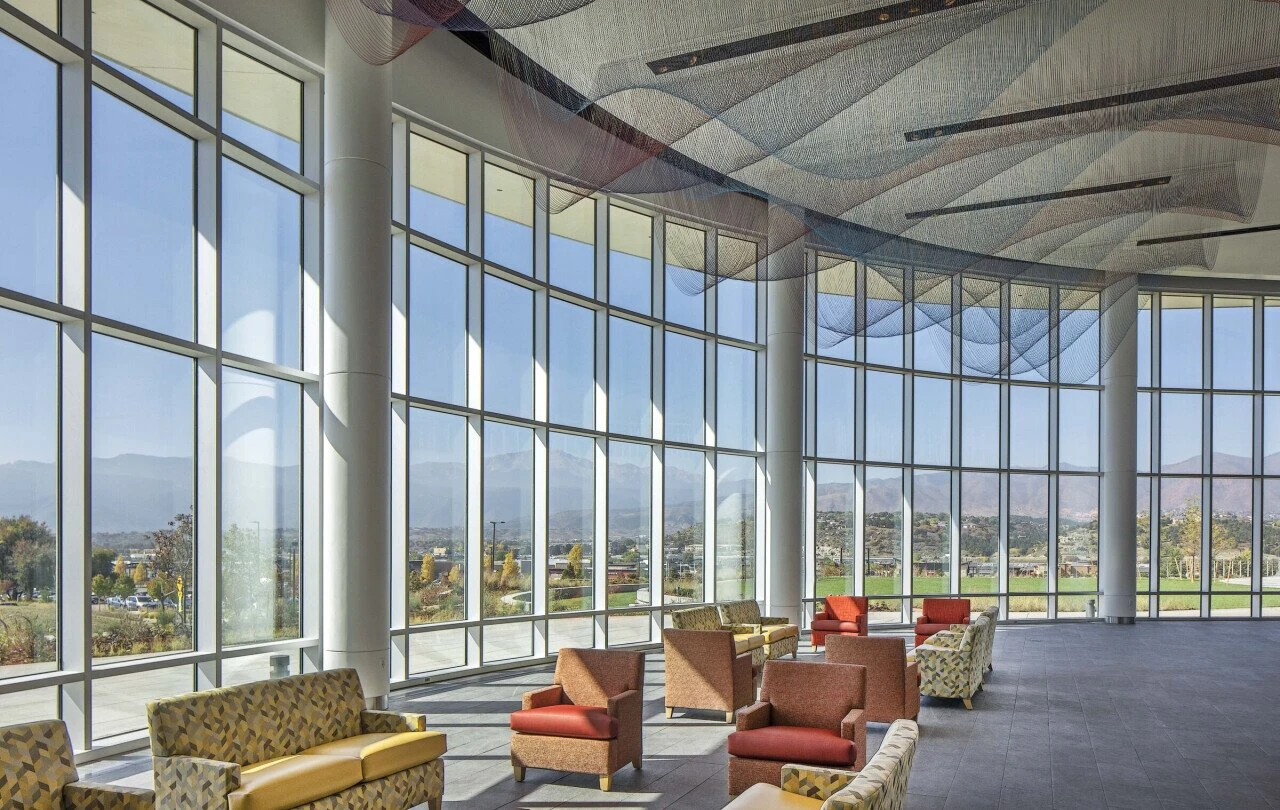

Tinted Glass Types An Overview
Tinted glass has become increasingly popular in both residential and commercial building designs. It offers not only aesthetic appeal but also functional benefits such as heat and glare reduction, UV protection, and improved privacy. In this article, we will explore the different types of tinted glass, their applications, and advantages, helping you make an informed choice for your next project.
What is Tinted Glass?
Tinted glass is a type of glass that has been treated or coated with a special film or coloring during the manufacturing process to alter its optical properties. This modification can reduce the amount of light that passes through the glass and can also change its color. The degree of tint can range from very light to very dark, influencing how the glass interacts with sunlight and ambient light.
Types of Tinted Glass
1. Bronze Tinted Glass Bronze tinted glass is characterized by its warm brown color, which can reduce glare and provide excellent heat retention. This type of glass is commonly used in commercial buildings and is particularly effective in sunny climates. Its aesthetic appeal adds a sophisticated look to facades while enhancing energy efficiency.
2. Gray Tinted Glass Gray tinted glass offers a neutral appearance that complements a variety of architectural styles. It significantly reduces glare while maintaining the clarity of vision. This type of glass is often used in office buildings and high-rise structures where natural light is essential, but glare can hinder productivity.
3. Green Tinted Glass Green tinted glass is popular for its unique color and energy efficiency capabilities. It filters out harmful UV rays while allowing a significant amount of natural light to pass through. Furthermore, it can provide a reflection effect that adds privacy to buildings while still offering visibility from the inside out. This color is often favored in environmentally friendly building designs.
4. Blue Tinted Glass Offering a cool aesthetic, blue tinted glass can create a calming atmosphere in both residential and commercial spaces. It reduces glare and offers a striking visual appeal, making it a popular choice for modern architectural designs. Additionally, blue tinting is effective in minimizing heat absorption, contributing to energy savings.

5. Reflective Tinted Glass Reflective tinted glass is coated with a layer that reflects sunlight away from the surface, helping to keep indoor spaces cooler. This type of glass can appear mirrored from the outside while allowing those inside to see out clearly, making it a good choice for office buildings, storefronts, and other commercial spaces where privacy is necessary.
6. Ceramic Frit Tinted Glass Ceramic frit tinted glass incorporates a ceramic paint that is applied before the glass is tempered, resulting in a permanent coloration. This type of glass not only addresses aesthetic needs but also provides additional benefits, such as reducing solar heat gain and increasing privacy. It is commonly used in architectural projects where a specific design or branding is crucial.
Applications of Tinted Glass
Tinted glass has a broad range of applications across various industries. In residential settings, it can be used for windows, sliding doors, and shower enclosures, improving privacy and aesthetic appeal. In commercial buildings, tinted glass plays a vital role in facades, creating an attractive look while minimizing glare and energy consumption. Additionally, it is often used in vehicles, for sunroofs, windows, and rearview mirrors that protect passengers from harmful UV rays and reduce heat buildup.
Advantages of Tinted Glass
The benefits of tinted glass extend beyond aesthetics. One of the most significant advantages is its energy efficiency. By reducing heat gain, tinted glass can lower the need for air conditioning, leading to energy savings. It also provides UV protection, which helps to preserve furnishings and prevents sun damage to interiors. Moreover, tinted glass enhances privacy without sacrificing natural light, creating comfortable living and working environments.
Conclusion
Tinted glass is an essential material in modern architecture, combining function with style. Whether you opt for bronze, gray, green, blue, reflective, or ceramic frit tinted glass, the right choice can enhance the visual appeal and energy efficiency of your building. By understanding the types and benefits of tinted glass, you can make a choice that not only meets your design needs but also contributes to a more sustainable future.